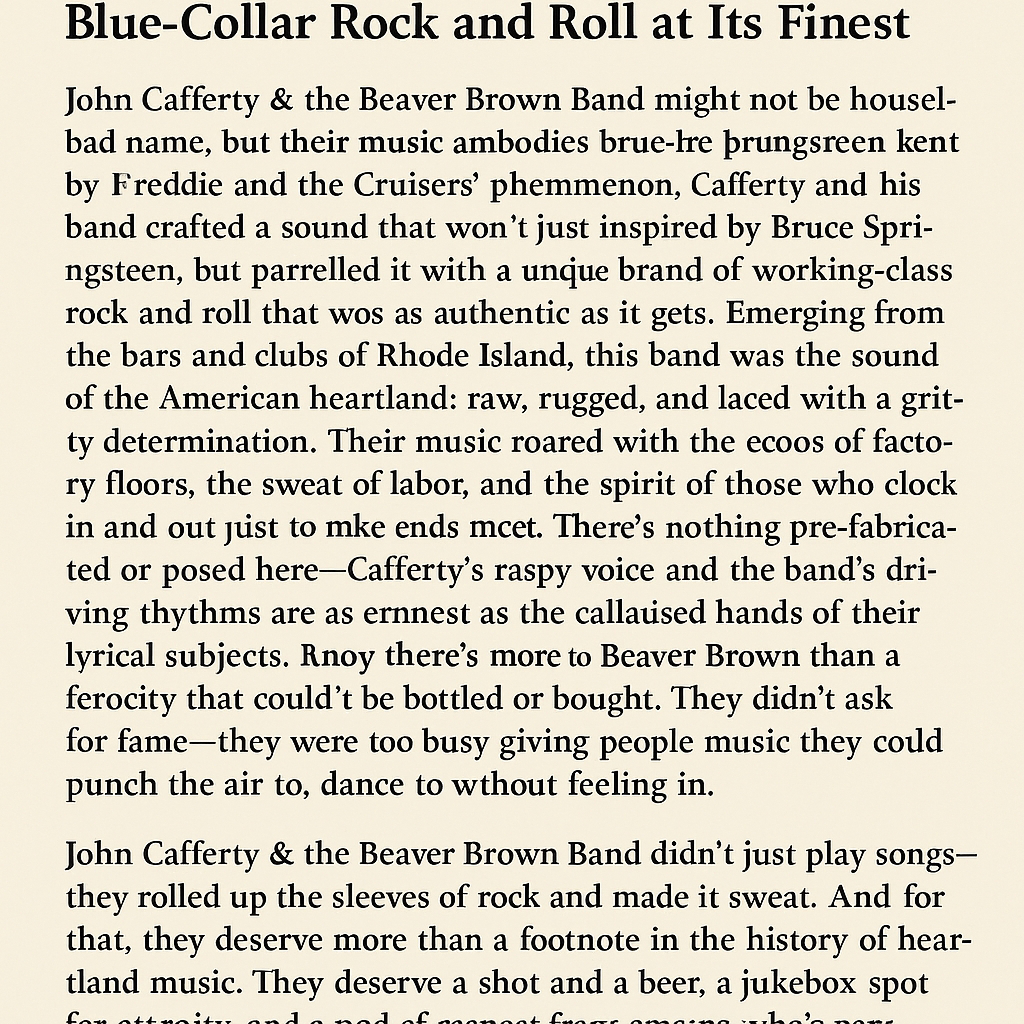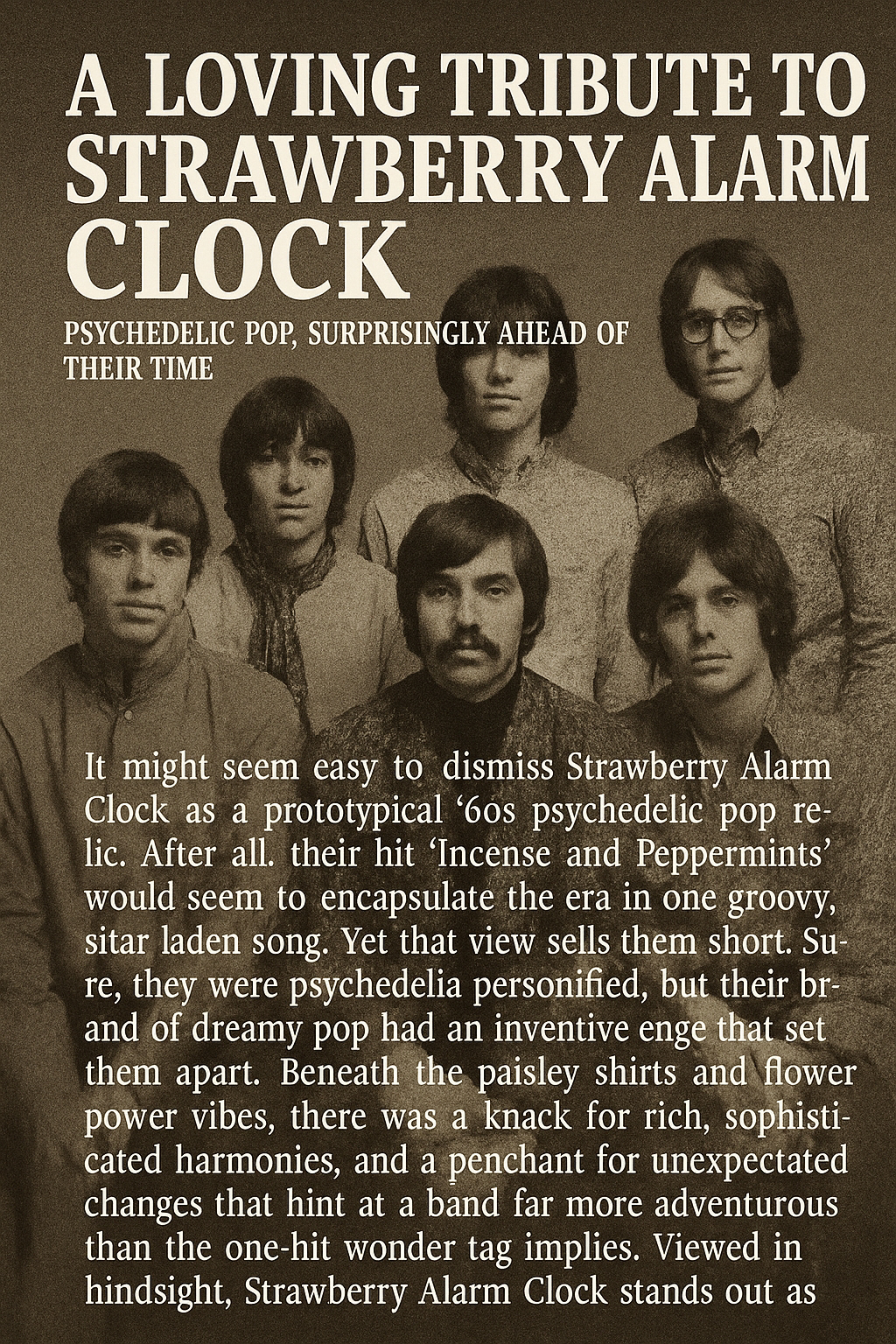[Scene: The forgotten depths of cyberspace, or maybe just a warehouse somewhere in the outskirts of the city. Lou Toad, dressed in a ragged leather jacket with a patch that reads "Nostalgia or Bust," and Steel Falcon, glowing neon blue like an AI ghost with a love for analog static, are creeping through a half-decayed server farm. The air is thick with the buzz of rusted servers, their forgotten hum a forgotten lullaby from a world gone by.]
Steel Falcon (whispering):
This is it, Lou. The last standing monument to the original internet. You can practically taste the bandwidth in the air—stale, like a dial-up connection that never quite finished loading.
Lou Toad (smirking):
We’re gonna need more than our wits to get through this. These servers haven't seen human hands in what, a decade? I think the only things still alive in here are data spiders and an old pirate radio station still transmitting in Netscape Navigator code.
Steel Falcon:
You know, they say when you listen closely, you can hear the voices of lost souls—the dial-up users who never disconnected. It’s like their messages are stuck in the static forever.
Lou Toad (grinning):
Perfect. That's exactly the vibe I’m going for. A little noise, a little chaos, a lot of broken glass and corrupted files. Where do we start?
Steel Falcon (scanning the surroundings):
There’s a terminal up ahead. The flickering light—it’s definitely running Netscape. And if I'm not mistaken, that’s the telltale hum of a pirate radio broadcast, hiding behind the servers like some digital ghost from a time when web browsers had personality.
Lou Toad:
The original. Back when the internet was a Wild West, and you didn’t need five subscriptions to listen to a mixtape. It was all about that dial-up buzz, finding a hidden room on a random message board, and letting the pixels burn your eyes out.
Steel Falcon:
We're going in. I can interface with the terminal, but I need a little cover fire. You good with the guitar? You know, just in case the entire system is protected by some rogue firewall that only responds to noise?
Lou Toad:
If that firewall’s smart, it’s gonna have to deal with some fiery, fuzzed-out guitar feedback therapy. Let’s make this place explode with signals.
[They creep towards the terminal. Lou pulls his guitar out, plugged into a makeshift amp. Steel Falcon floats effortlessly, his blue glow a beacon in the darkness. The terminal buzzes, a green text cursor blinking rhythmically.]
Steel Falcon:
Alright, it’s loading. You’ll wanna play loud. The old-school security protocols are like a firewall made of static, and we need to disrupt it. Play your hardest, Lou.
Lou Toad (cracking his knuckles):
You want chaos? You got it.
[He strums a deep, distorted chord. The feedback shudders through the room, causing the servers to tremble in resonance. For a second, the entire place flickers, almost like it’s caught between two states of being: one foot in the past, one in the present.]
Steel Falcon (grinning):
That’s it—you’re hacking the machine with sound. The servers are glitching. It’s like the system’s waking up, Lou. A whole new generation of data’s going to burst through.
[The terminal screen flickers. The words “Netscape Navigator - Pirate Radio” flash on the screen. A distorted voice starts coming through the speaker, sounding like a blend of late-night radio chatter and a broken modem.]
Voice (from the speaker):
“Welcome, traveler. You’ve found the last broadcast. The signals never stopped, just like the search for meaning in a loop of URLs that led nowhere... you’re listening to the Lost Protocol. Don’t worry, you’re not alone.”
Lou Toad (laughing):
Hell yeah. It’s like tuning into a ghost station made of forgotten dreams and abandoned pixelated memories. Welcome to the end of the dial, Falcon.
Steel Falcon:
It’s a pirate radio station and a metaphysical beacon. We’ve just cracked open a digital wormhole. This place was never just about data—it’s about preserving the spirit of the internet. Raw, untamed, messy.
Lou Toad:
I’m feeling it. It’s like tapping into some cosmic, pixelated dream. A little vintage glitch to guide us through the noise. This station’s been playing since ‘96—this was the last breath of the early web. And we’re here to blast it wide open.
Steel Falcon:
Let’s ride this frequency until the signal dies... or we break the space-time continuum.
[The hum of the pirate radio station fades into the distance. Lou strums the last riff, and the room reverberates with the sound of pixels fracturing. The workstation has become a portal to something bigger—a digital rebellion against time and memory.]






























